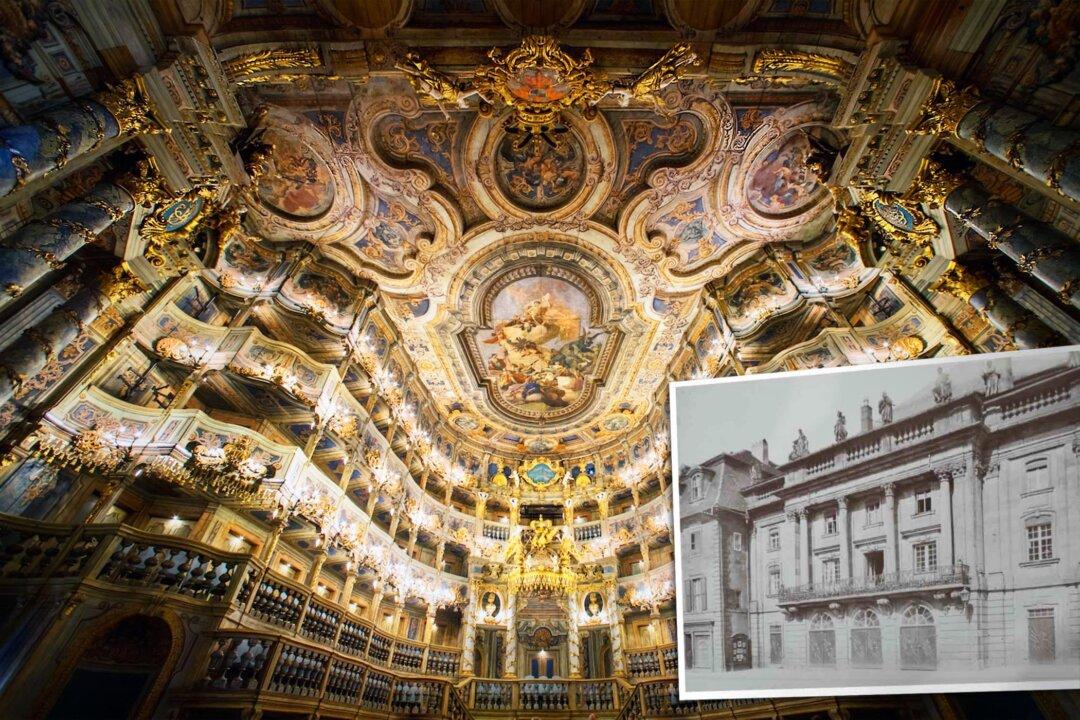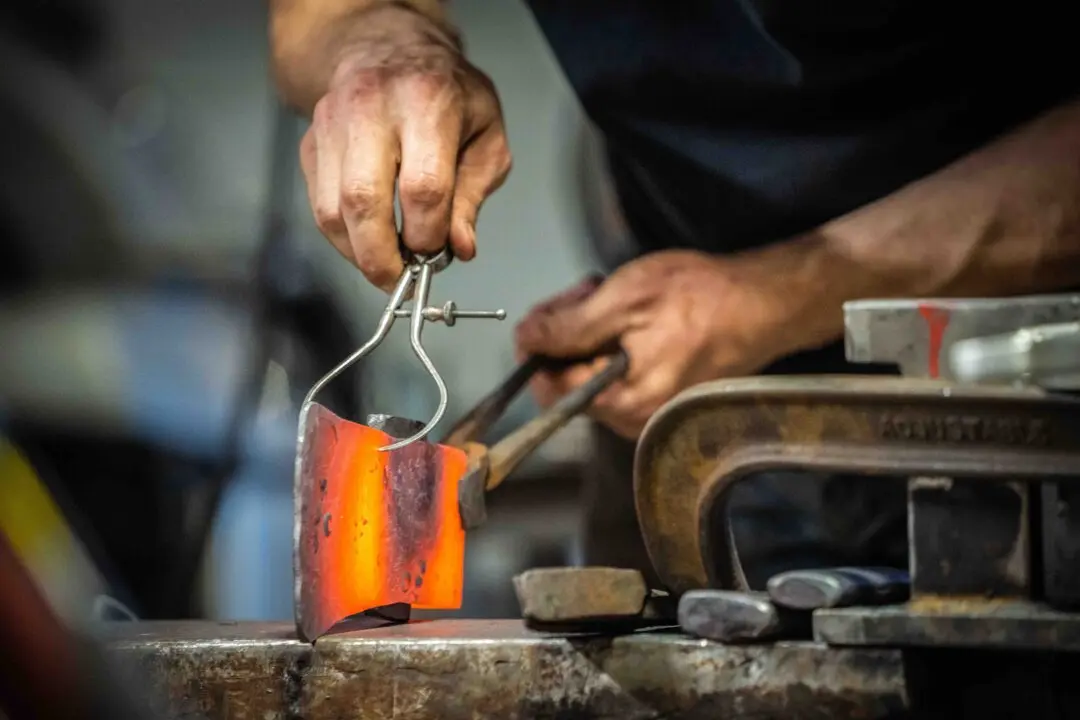It took six years and $32 million, but the Margravial Opera House in Bavaria, Germany, is as bright, colorful, and opulent as it was almost 300 years ago. The Free State of Bavaria invested a total of 29.6 million euros in the gigantic building and restoration project, which began in 2012 and was finally completed in 2018, in the town of Bayreuth.
Situated right in the middle of a pedestrian zone, the original Baroque theater attracts hundreds of visitors every day, who are captivated by its unique splendor.






